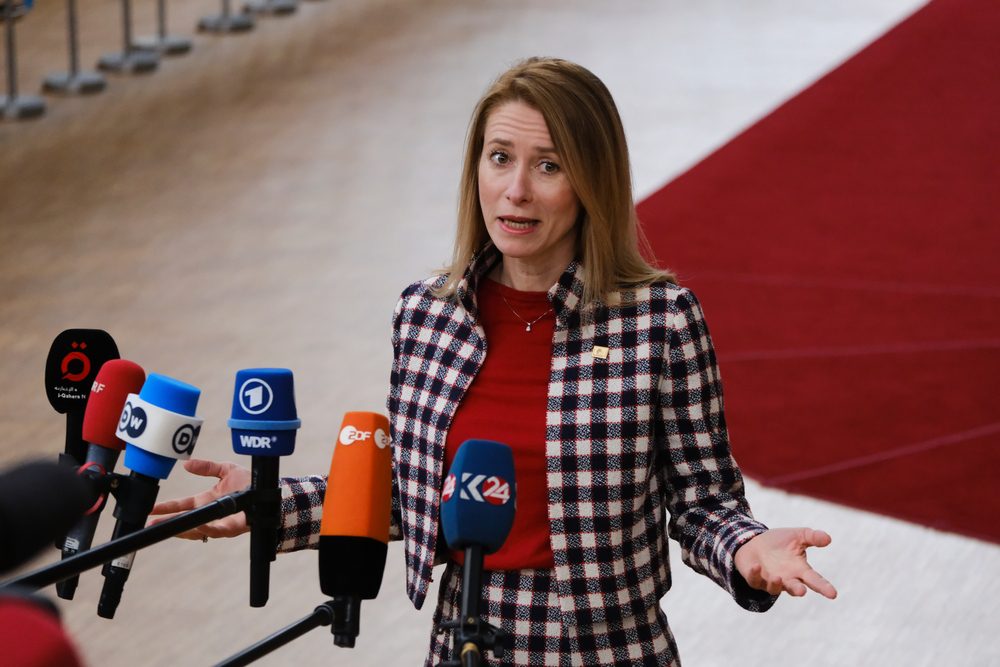
Kaja Kallas, prime minister of Estonia
Estonia and a number of other countries are accused of taking advantage of the EU’s new reimbursement system by sending outdated weapons to Ukraine but asking for funds for modern replacements, Politico reported.
As we wrote before, one of the pillars of the EU’s historic arms procurement program, meant to supply Ukraine and replenish NATO stocks at the same time, is the reimbursement of EU member states for the weapons and ammunition they send to Ukraine via the European Peace Facility (EPF), a joint defense fund that all countries are obliged to contribute to, based on the scale of their economies.
Now the tensions are mounting in Brussels as several member states—especially those who contribute the bulk of the EPF funds—are growing increasingly suspicious of others who appear to be abusing the system. No one spoke out about it officially (lest they be accused of breaking Europe’s unity in supporting Ukraine), but some diplomats chose to spill the beans under confidentiality.
While the deal agreed on by the Council of Europe sets the same rate of reimbursement (84% of the price paid) for all participating member states, it did not specify how countries should calculate the procurement price of the weaponry they send out, leaving each country to use widely differing methodologies on their own.
This theoretically allows anyone to donate old weapon systems and be reimbursed for the current price of their latest version if they want to, which, in turn, could be used to modernize their own arsenal for a fraction of the actual price—at the expense of other EU member states.
Six countries were named to have been abusing the reimbursement system this way. The list includes Finland (claiming all its donations to be reimbursed in the current purchasing price instead of their actual value), followed by Latvia (claiming 99% in current price), Lithuania (93%), Estonia (91%), France (71%), and Sweden (26%).
In absolute figures, however, Estonia is topping the charts by far, claiming €161 million for its past weapons donations to Ukraine—more than all the other five combined—which, based on the common EPF rate, should amount to a reimbursement of nearly €135 million.
“They are sending their scraps to Ukraine and buying brand new material for themselves, financed with EU money,” one EU diplomat told Politico, clearly frustrated by the situation.
Another diplomat, calling Estonia’s behavior a “particularly blatant case” of abuse, explained the process more thoroughly:
What the Estonians do is, they send old material, which is no longer in production, and then ask for reimbursement [based on the price of] modern alternatives. For example, they have sent Strelas [old Soviet shoulder-fired surface-to-air missiles] to Ukraine, but claimed reimbursement for modern Stingers, which of course have more capabilities and command a much higher price. This is also why Estonia’s military support appears to be so much higher per capita than that of other countries in the statistics everybody cites.
Estonia’s permanent representation to the EU did not comment on the accusation so far, but a government statement, released in January said that Estonia was calculating its aid based on the “recovery value” of the donated material and that it was applying for funds from the European Peace Facility for the “replacement of equipment.”
